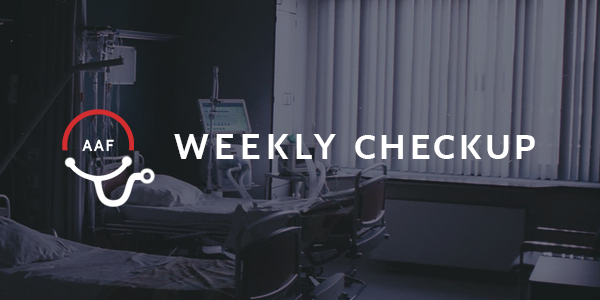In August 2022, the Biden Administration updated provisions of the American Rescue Plan Act (ARPA) to fully subsidize Affordable Care Act (ACA) exchange plans for people with incomes between 100% and 150% of the Federal Poverty Level (FPL).These subsidies, called Premium Tax Credits (PTCs), are paid directly by the Treasury to insurance companies on behalf of subscribers. This renewal Significant increase The percentage of fully subsidized enrollees on the federal ACA exchanges fell from 40% to 53%, of which an estimated 4-5 million were fraudulent. To better understand what’s going on, let’s take a closer look at the details of ACA subsidies at the state level.
be report From Paragon Labs: ACA subsidies created a huge incentive for people to fraudulently over- or under-report their income in order to qualify for larger subsidies and lower copayments. The problem occurs primarily in states that have not expanded Medicaid. expansion,Individuals earning less than 138% of the FPL are eligible for Medicaid, which offers an alternative option of subsidized federal exchange plans.Fraudulently enrolled ACA beneficiaries are most prominent in nine states: Alabama, Florida, Georgia, Mississippi, North Carolina, South Carolina, Tennessee, Texas, and Utah.Seven of these states have yet to expand Medicaid as defined by the ACA.
These states have more people enrolled in the federal exchange than are eligible according to the Census Bureau’s American Community Survey, which is between 100 and 150 percent of the FPL. In Florida alone, four times as many people at this income level are enrolled in the federal exchange than are eligible. Similarly, Georgia, Mississippi, and South Carolina have more than twice as many people enrolled than are eligible.
How did we get to this situation? The government fully subsidizes health insurance for people who earn between 100 and 150 percent of the FPL. People who earn below the FPL are covered by Medicaid, which offers less comprehensive coverage, and therefore are ineligible for subsidies on the federal health exchanges. This creates an incentive to report income just above FPL in order to qualify for fully subsidized plans. This explanation was provided by the author in August 2023. article The study was published in the American Journal of Health Economics, and similar claims have been made by the Paragon Institute. report.
The graph below shows the total number of exchange enrollees side-by-side with the total number of potential enrollees. Additionally, the percentage values show the number of exchange enrollees as a percentage of potential enrollees. Finally, the state’s Medicaid expansion status is shown as either “adopted” or “not adopted.”
source: https://www.healthcare.gov/medicaid-chip/medicaid-expansion-and-you/
https://www.journals.uchicago.edu/doi/abs/10.1086/727785?journalCode=ajhe
